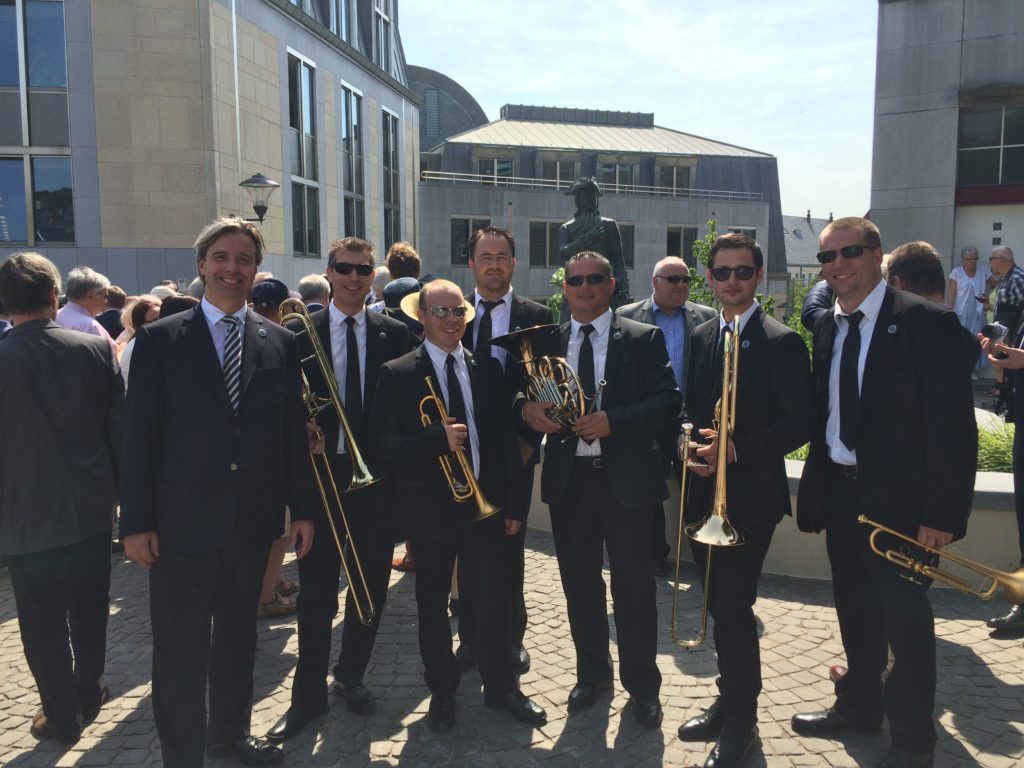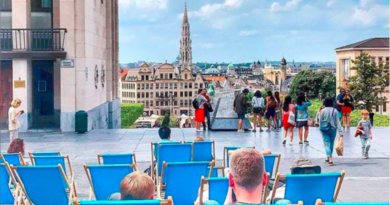300th Anniversary of Peter the Great’s Visit to Belgium: an Example from the Past
When Brussels feels too tight and you need a change of scenery for a day or two, hop on a train and visit one of Belgium’s fascinating and picturesque cities, Liège.
The several surprises the city may offer you, such as impressive views on the Meuse River, the beautiful architecture and the dream-like urban setting, are astonishing. But recently a new piece of art has been added in the city, enriching its culture and remarking one of its most famous historical events. In fact, the city welcomed a new statue representing Peter the Great, the famous Russian Emperor of the 18th century.
The piece of art was inaugurated on the 21st of June, during the ceremony organized by the Foundation Peter the Great to celebrate the 300th anniversary of the Emperor’s visit to Belgium. The institution was assisted and supported in the organization by the Russian Embassy in Belgium and other organizations, such as the Slavonic Europe movement. The Russian Ambassador to the Kingdom of Belgium, Alexander Tokovinin, the Governor of the Province of Liège, Hervé Jamar, the Honorary Governor of the Province of Liège and the Grand Liège President, Michel Foret and several members of the public and the business community participated in the inauguration. As a special guest, His Imperial Highness, Grand Duke George Mikhailovich of Russia was present, a direct descendant of Peter the Great.

The presentation of the statue and of its creator, the Russian-Dutch sculptor Alexander Taratynov, were enriched and enhanced by the Slavonic Europe Brass Ensemble, that performed the Slavonic Fanfare. The piece has been especially created for the occasion by Mr. David Chmelik, the President of the Slavonic Europe movement, and dedicated to the Grand Liège Association as a sign of gratitude and a sounding cultural bridge between East and West.
“The aims of the organizations involved and of the event itself are several and of vital importance for Europe today”, said Mr. Chmelik. “Peter the Great was a Slav, and one of the most influential and most famous Slavonic rulers. He is part of the Slavonic history and of the modern Slavonic identity. And, as such, he is part of the European history and the European identity as well. He tried systematically to establish a bridge between East and West culturally, economically and politically”, contined Mr. Chmelik.

In fact, the relationships established by Peter the Great with the Western countries and the cultural and social influences developed from his trip to Europe were fundamental for the history of both Russia and Europe. They symbolized a cultural exchange, an intellectual curiosity for what is different, an inclination to the new, an opening to the modern era. They embody a first, mature sign of desire of interaction, a first attempt to international relations – from both sides. Peter the Great was the living symbol of change: he is still considered as both an example of cooperation towards the outside ad the inside. He aimed at establishing successful and inspiring relations with Europe while modernizing and unifying his Nation. For this, he is not just a symbol for Russians, but for all Slavonic countries and for whole Europe: He represents the dual cohesive approach to the outside and the inside.
The new statue in Liège remembers the visitors that now, more than ever, it is important to create and evolve international relations, remembering our common cultural and historical elements. It is important to develop and protect a common identity, enhancing our cooperation and reminding us of the examples of the great men of the past.



